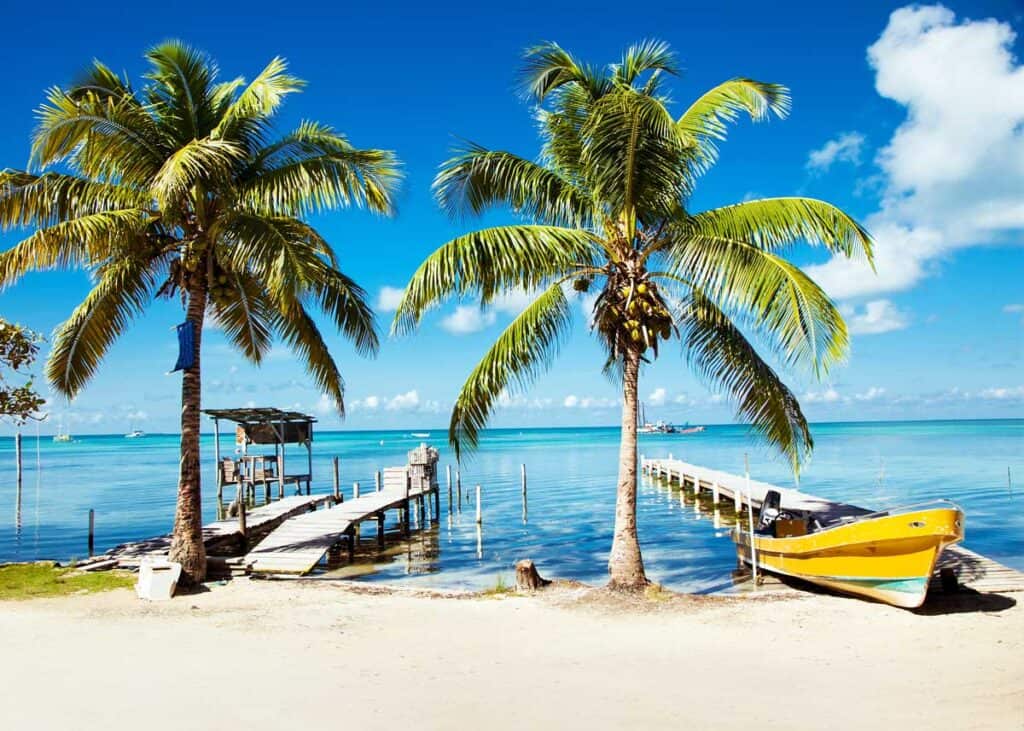True sand fleas are true pests. And can cause painful lesions on the feet. Here’s how to get rid of sand fleas. In this post, you’ll learn how to identify actual sand fleas. And ways to repel and kill them. It’s time to take back the outdoors.
And you don’t have to live on a beach to have a sand flea problem. These pests can be found anywhere with a warm, humid climate, including lawns, gardens, marshes, and jungles. They can even infest sandy areas of dry lands such as farms and stables!

How do you remove sand fleas from your property? Which methods really work, and which are just a waste of time? Let’s talk about how to get rid of sand fleas.
Table of Contents
1. Know Thy Enemy
First things first: There are several different kinds of creatures that get called “sand fleas.” They can look like crabs, ticks, gnats, or mosquitoes depending on the species that you’re talking about.
Not all of them are dangerous. Some don’t even bite humans, and others have limited ranges in terms of habitat.
Another thing to know is that some bugs get mislabeled as “sand fleas,” including chiggers:
Chiggers are very common garden pests, but they have nothing to do with sand fleas. People just confuse them sometimes since another name for the sand flea is “jigger.”
Here are the differences between chiggers and jiggers.
Before you start the extermination process for your backyard bugs, make sure that you’ve identified the right species and the right methods for their removal.
See our full guide to 3 types of sand fleas.
2. Spread Some Diatomaceous Earth
Diatomaceous earth is a type of powder that’s made from algae. It’s all-natural, so it’s a popular alternative to yard treatments with lots of chemicals, and it’s also been proven as a highly effective insecticide.
How does it work? Simply put, diatomaceous earth causes bugs to dry out. It strips oils and other nutrients from their exoskeletons until they wither and die.
Thinking about trying some diatomaceous earth? You can try Safer brand, it comes in a large 4 lb bag.
Additionally, on a microscopic level, diatomaceous earth has very sharp edges. They’re too small to be felt by humans, but to sand fleas that are only a few millimeters long, these spikes are basically shards of glass.
Sprinkle some diatomaceous earth around your property line to act as a kind of barrier against sand fleas. They won’t want to cross it at all, and when they do, they’ll die one way or another.
If they are effective, why not choose organic methods to kill sand fleas?
3. Introduce a Natural Predator
You’ve probably heard of gardeners allowing snakes and spiders to stay in their yards to act as natural pest controllers.
Did you know, however, that you can also use nematodes?
The species Steinernema carpocapsae is comprised of tiny, worm-like nematodes that feed on many different types of insects, including fleas, flies, ants, maggots, caterpillars, pillbugs and more.
They’re so effective at killing pests that they’ve been studied as biological control agents for large-scale agricultural work!
As a simple homeowner, however, you can just buy a bag of these nematodes at a garden center or nursery.
They won’t harm plants, pets, or kids, so they’re completely safe to weaponize against sand fleas.
4. Use Essential Oils
A little-known fact about sand fleas is that regular bug spray won’t keep them away. You’ll need a different kind of spray for both your skin and your grass.
One solution is to use essential oils. You’ll have to mix them into your own spray bottle, but if you’re willing to get a little DIY with your sand flea problem, you might be able to run them off with unwanted smells.
Here are just a few fragrances that can repel fleas:
- Peppermint
- Lavender
- Lemongrass
- Eucalyptus
- Clove
- Rosemary
There are many other essential oils that people swear by, so don’t be afraid to keep looking until you find a home remedy that works for you.
5. Attack When the Time Is Right
Sand fleas are most active at dawn and dusk. For beachgoers, this means that it’s best to go swimming in the middle of the day to avoid them. For homeowners, this means that it’s best to confront them when they’re plentiful.
Get your sprays. Get your diatomaceous earth. While sand fleas are small, they can be visible to the naked eye if you’re looking closely enough, especially if they’re in a group.
When you find them, don’t kill them right away. Instead, try disturbing them with a spray or sprinkle to watch them scatter. You can then follow them to any cracks, crevices, or hideouts that they have around your home or garden, sealing them off from further entry and killing them with impunity.
Bitten by sand fleas? Here are 11 ways to treat sand flea bites.
6. Prevent New Infestations
Last but certainly not least, make sure that new sand fleas aren’t hatching and replacing the ones that you’ve already killed. This means destroying both active, adult fleas and their larvae.
Flea eggs are usually found in dark and damp spaces. Outside, these can include sheds, bushes, leaf piles, and the muddy edges of standing water. Inside, you’ll often find flea eggs embedded in the fibers of couches and carpets.
Remember that sand fleas don’t have to live in the sand, so you should be as thorough with your indoor extermination efforts as your outdoor ones!
Here are some more tips to prevent sand fleas.

Keep Reading: Here’s how to get rid of June bugs
These are just a few tips and tricks for getting rid of sand fleas. Whether you’re living on a beach in the Caribbean or in a suburban home in the USA, sand fleas can be a problem anywhere with warmth and humidity. Don’t let them take over your property!
- About the Author
- Latest Posts
Bryan Haines is a co-founder and writer at The Buginator. And is working to make it the best resource for taking back the outdoors from biting, stinging pests.
He also blogs about travel at Storyteller.Travel and photography at Storyteller Tech. Bryan is a partner at Storyteller Media, a publishing company he runs with his wife, Dena.
